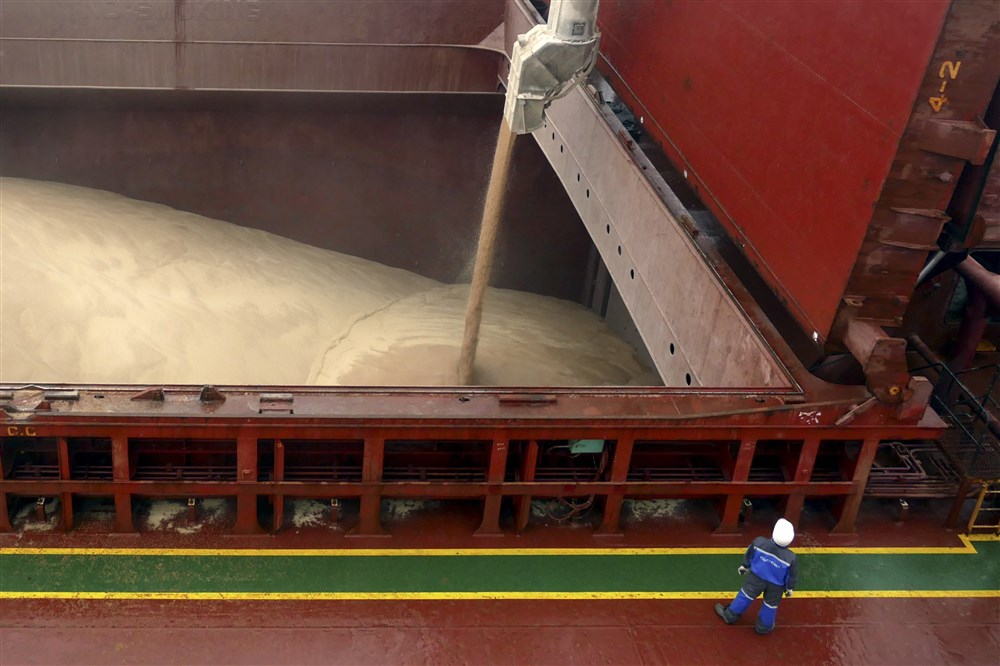The European Union is by law prohibited from arming Ukraine, though anyone watching the manoeuvrings of the Brussels institutions would be forgiven for thinking otherwise.
Given that the EU budget cannot be used to purchase arms (the bloc is after all grounded in a peace project) the European Commission is using every trick in its book to arm Kyiv without landing itself with a lawsuit for doing just that.
The so-called ‘European Peace Facility’, as the Commission pointed out at its midday briefing on March 28, does not strictly belong to the EU at all: it is an ‘inter-governmental’ agreement, meaning national governments are funding it and running it (they can opt out, as some have). There are several mentions on the Commission website to the fact that the Peace Facility is “off-budget”.
So if it is an inter-institutional agreement, why is the Commission even talking about it?
The fact is that one member of the European Commission – vice president Josep Borrell – is also a member of the Council of Ministers where national governments are represented. He has a dual role, and this gives the Commission a shoe-in.
Take another look at the above-mentioned page and you’ll see that the Commission is providing all kinds of services for the Peace Facility: as “administrator”, “accounting officer”, and “internal auditor”. The Commission, as administrator, is “in charge of the financial implementation of assistance measures”.
The Peace Facility, via the Commission, is designed to help arm Ukraine by “incentivising” Member States to send weapons and boosting European arms manufacturing capacity. The EU is not, as a whole, sending weapons to its ally, but its Member States are, and the Commission is coordinating this joint effort.
There is also a separate European Commission plan, the windily named ‘European defence industry reinforcement through common procurement act’, which is standard EU legislation and must therefore get European Parliament approval. The law seeks to “address [Member States’] most urgent and critical defence capability gaps” and help them “procure defence products jointly”. There is no mention of Ukraine in the European Parliament briefing on this law, though everyone knows why it has been proposed (it comes with a €500 million budget).
To speed up the arms flow to Ukraine, some Euro MPs want to amend the text so that “contractors and subcontractors in non-associated third countries and transatlantic partnership countries” could get involved, as Euractiv reports today.
This would however alter the nature of the law, which is at least formally designed to help EU industry. Such changes would open it up to a legal challenge on the grounds that the EU is funding weapons procurement, and the Commission is evidently not happy with this prospect.
Given that a large majority of EU Member States are in favour of arming Ukraine, the above manoeuvrings amount to little more than legal niceties. There is little chance that a lawyer’s challenge to the legal act used by the Commission will halt the flow of munitions to Ukraine.
That said, it is worth noting that after last week’s declaration by Bulgaria’s President, there are now at least three countries who will not participate in the EU’s arms project: Bulgaria, Austria and Hungary. There are at the same time reports of huge shipments of ammunition to Ukraine via Bulgaria, showing once again that in times of war, it’s pretty tricky to figure out just what is going on.
A journalist from Romania pointed out at the midday briefing that he, and presumably his countrymen, had no idea if Romania was arming Ukraine or not.





